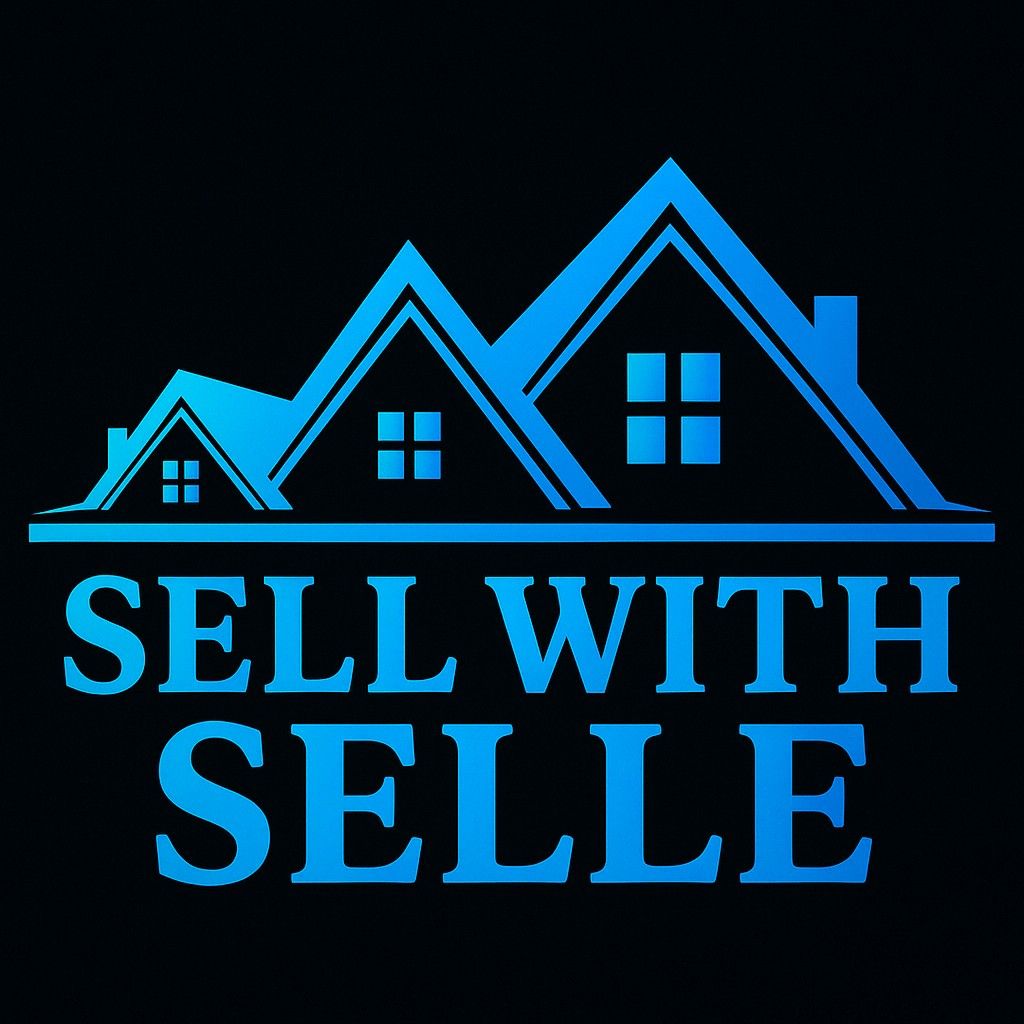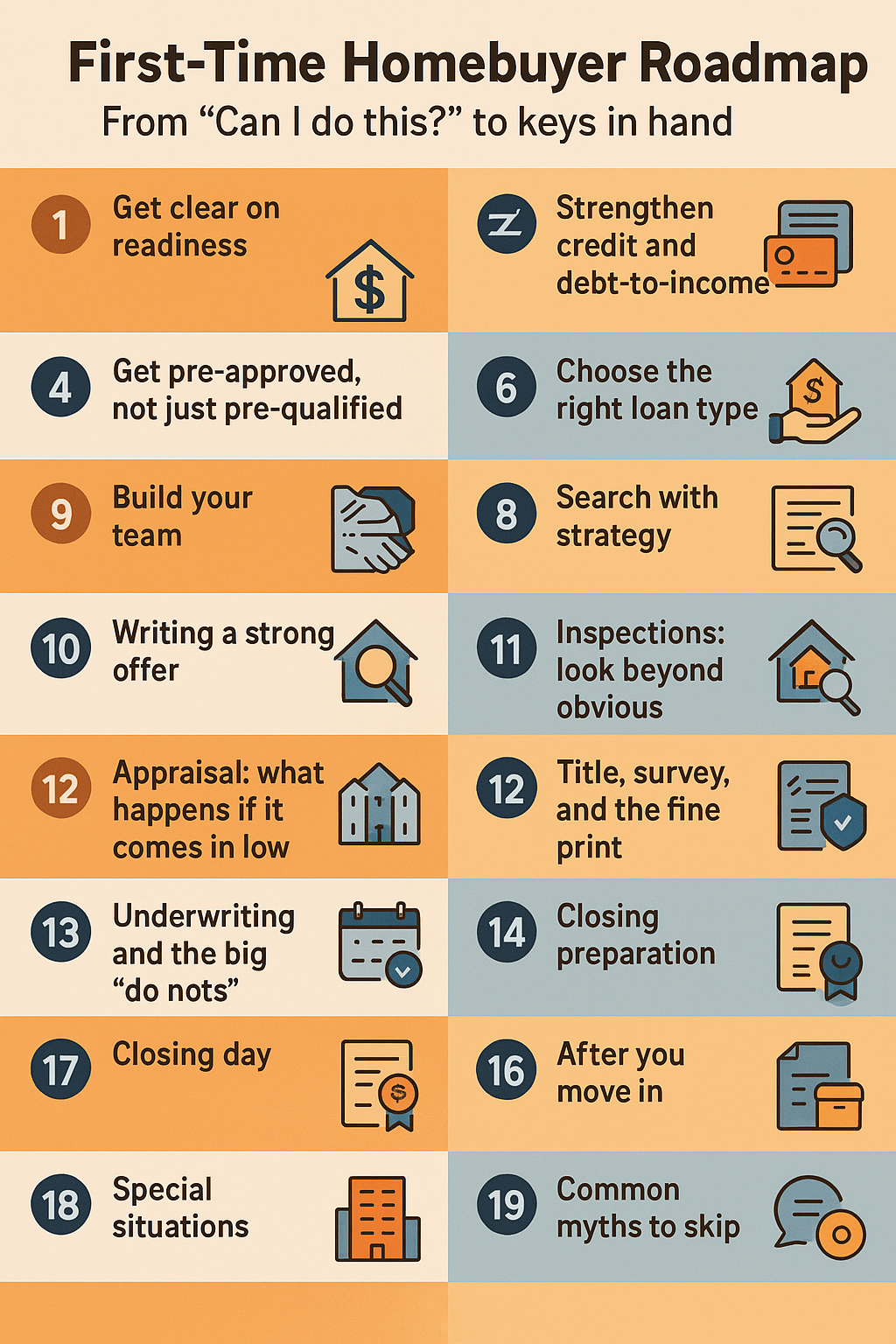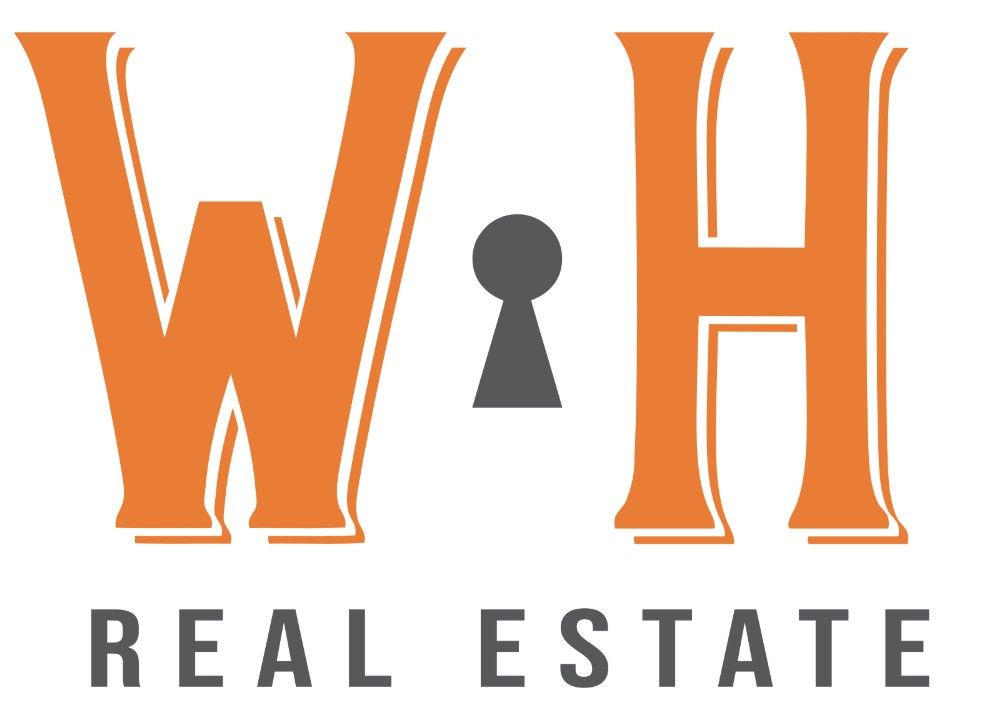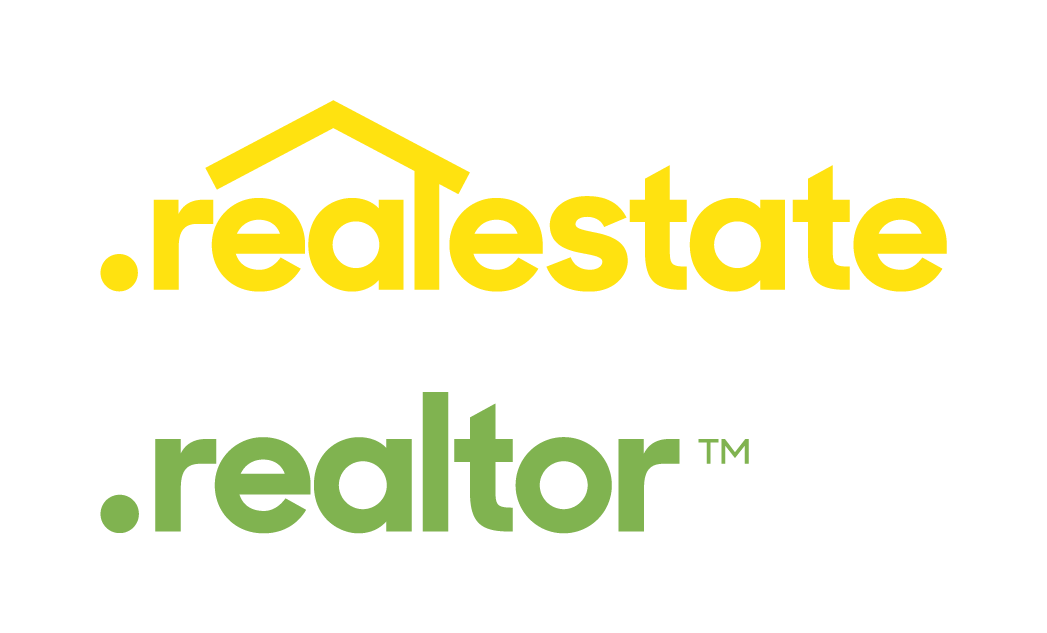🏠 Real Estate Design Trends to Watch in 2025: Style Meets Sustainability
As we step into 2025, real estate design is entering an exciting new chapter. Today’s homebuyers aren’t just looking for square footage—they’re seeking spaces that reflect their lifestyle, values, and the changing world around them. From smart features to sustainable finishes, here are the top real estate design trends shaping homes in 2025.
1. Wellness-Driven Spaces
Health and wellness are at the heart of home design this year. Think beyond gyms—today’s buyers want homes that feel good to live in.
🔹 Features to Watch:
- Biophilic design: natural light, greenery, and indoor-outdoor flow
- Air purification systems and non-toxic materials
- Meditation rooms, saunas, and cold plunge tubs
🔹 Why it matters: Wellness isn’t a luxury anymore—it’s a lifestyle.
2. Earth Tones and Organic Materials
Color palettes are warming up. Expect to see a move away from stark whites and grays toward earth-inspired hues and textures.
🔹 In Style:
- Clay, sand, terracotta, olive, and muted navy
- Natural wood cabinetry, stone countertops, and textured tile
- Curved furniture and soft edges for a cozy vibe
🔹 Pro Tip: This trend pairs perfectly with sustainable design (more on that next).
3. Sustainability Goes Mainstream
Eco-conscious buyers are driving demand for sustainable homes, and builders are responding in kind.
🔹 Hot Green Features:
- Solar panels and battery storage
- Recycled and upcycled building materials
- Energy-efficient appliances, heat pumps, and green roofs
🔹 Bonus: Sustainable upgrades boost resale value and lower utility costs.
4. Smart Home Integration
Tech continues to be a deal-maker. In 2025, it’s not just about having smart devices—it’s about seamless, intuitive automation.
🔹 Must-Haves:
- Voice-controlled lighting, blinds, and thermostats
- Smart security systems and video doorbells
- Energy monitoring dashboards
🔹 What’s new: AI-powered systems that learn your habits and adapt automatically.
5. Functional Luxury
Luxury is evolving from “flashy” to “functional.” Buyers want high-end details that make everyday life easier and more enjoyable.
🔹 Trending Upgrades:
- Butler’s pantries and prep kitchens
- Hidden appliance garages and built-in coffee stations
- Custom mudrooms and pet-friendly features
🔹 In kitchens: Statement backsplashes, mixed metals, and matte finishes are dominating.
6. Flexible Living Spaces
Hybrid work isn’t going anywhere, and today’s homes are built with flexibility in mind.
🔹 Design Musts:
- Dual home offices or work-from-home nooks
- Convertible guest rooms with Murphy beds or sliding walls
- Detached ADUs (Accessory Dwelling Units) for multigenerational living
🔹 Why it works: Buyers want homes that grow with them—not limit them.
7. Bold Personalization
In 2025, cookie-cutter is out. Buyers want to express their personalities in bold, unique ways.
🔹 What’s trending:
- Statement wallpaper and colorful cabinetry
- Custom millwork and built-in bookshelves
- Art walls, mood lighting, and eclectic fixtures
🔹 Vibe: No rules—just personality.
Final Thoughts
The design trends of 2025 reflect a new era of intentional living—where homes are not only beautiful, but also smarter, healthier, and more in tune with their owners’ needs. Whether you’re selling, buying, or building, staying ahead of these trends can give your property an edge in today’s dynamic real estate market.
Looking to buy or sell a home that fits your lifestyle and design goals? Let’s connect—I'm here to help you navigate it all with style and strategy.





